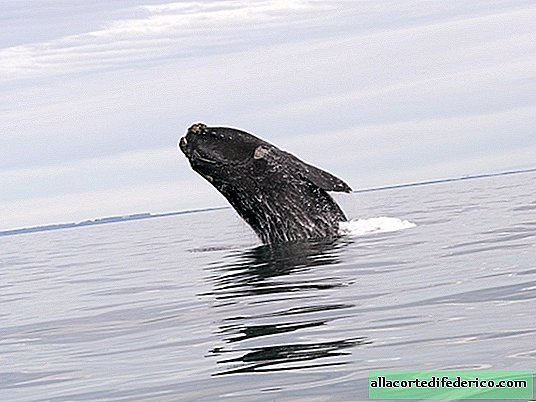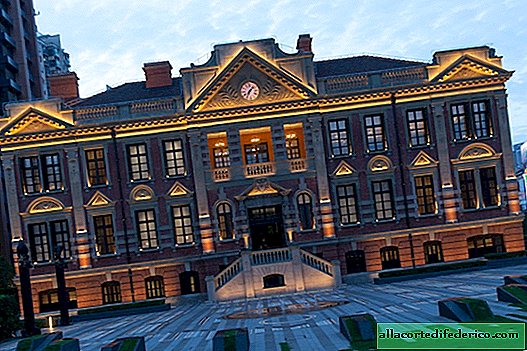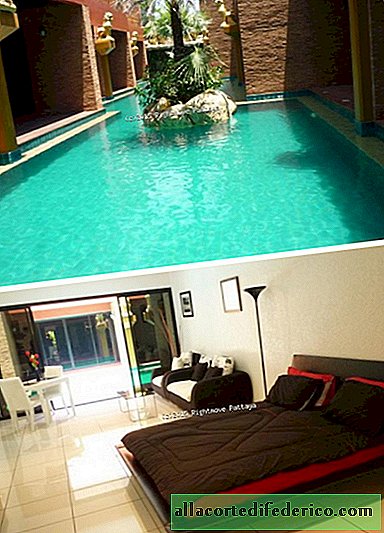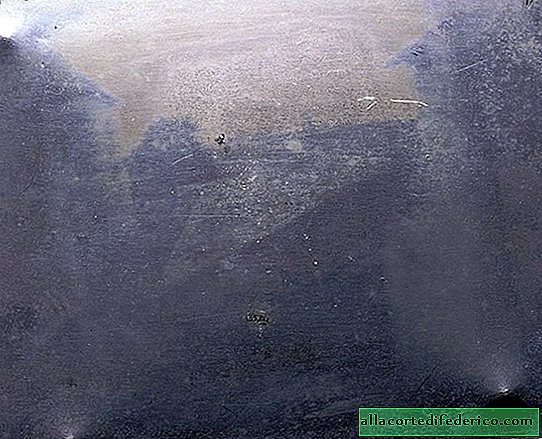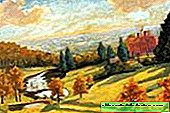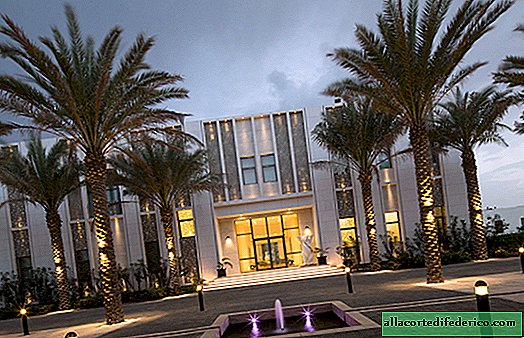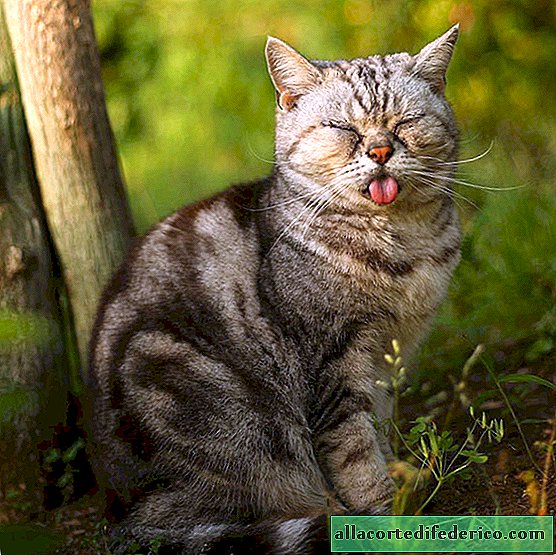Shadwell fakes: how two illiterate scammers deceived professional experts
In the mid-19th century, the antique market in London was flooded with a huge number of suddenly appeared medieval artifacts made from lead of unknown origin. Despite the fact that there were some people who doubted their authenticity, the majority decided that they were genuine. In fact, later these things were recognized as fakes. They were made by two criminals who had nothing to do with either history or archeology. They were not even literate. But Victorian Londoners, keen on medieval artifacts, literally fell in love with their skill. These medallions, amulets and coins with meaningless inscriptions imitating medieval objects are today known as Shadwell fakes.
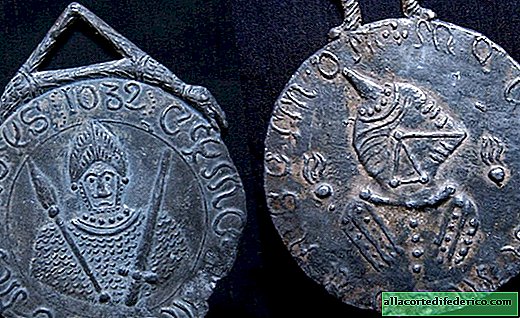
These "artifacts" were the work of two thieves - William Smith (Billy) and Charles Eaton (Charlie). They arrived in search of happiness on the banks of the Thames, hoping to find some antiquities that could then be sold. In the end, it dawned on them that they could earn more if they themselves would produce antiques. In 1857, Billy and Charlie opened the production of a number of "medieval" items. They made plaster molds in Paris, then cast them in lead. The production technique was extremely primitive and amateurish, which led to poorly crafted edges, pits, roughnesses on the surface and poorly traced figures of knights who wore strange spikes instead of helmets and had a childish facial expression. The inscriptions were senseless scribbles, since neither Billy nor Charlie could write.

To "age" the products, they were treated with acid, and then covered with river sludge. In many of their fakes, Billy and Charlie indicated dates between the 11th and 16th centuries. They did it also carelessly. Moreover, they used Arabic numbers for dates, although in fact they began to be used in Europe only from the 15th century. All these egregious errors passed the test of historians, and none of them even raised an eyebrow. Charles Roach Smith, a leading antiquarian and co-founder of the British Archaeological Association, even stated that the very rudeness of objects is proof of their authenticity, since any 19th-century counterfeiter would do such a job much better.

Inability Billy and Charlie played in their favor. Roach Smith also found a suitable rationale and background for these “artifacts”. He stated that the items were crudely made religious symbols dating back to the reign of Mary I in England and were imported from mainland Europe to replace religious items destroyed during the English Reformation.

For 5 years, Billy and Charlie made from 5,000 to 10,000 fakes. A huge volume of production failed them. Still, antique objects are piece goods. The endless supply of old coins to the antique market began to cause unrest and suspicion among specialists. In 1858, in a lecture given by the British Archaeological Association, Secretary Henry Sayer Cuming condemned these subjects as a "rude attempt to deceive." His performance was published in The Gentleman's Magazine and The Athenaeum. After that, sales fell sharply. Antique seller George Eastwood sued the magazine for libel. But since the publication did not contain a specific mention of the seller, the court found the magazine not guilty of a drop in sales.

At the same time, although Eastwood lost the case, the defendant was unable to prove that the items were fakes. However, doubts in society were sown. Charles Reid, a British politician and antiquarian, began his own investigation and began questioning witnesses at the construction site where, according to Billy and Charlie, they found their antique objects. Billy said that he got the antiquities, making his way to the site, bribing the guards with money and alcohol. But Reid could not find such people. He then became credible with the scavenger, who revealed that two scammers were selling fakes. Reid paid him and forced him into the forgers shop to steal their coin-casting molds. The material evidence presented was presented at a meeting of the London Society of Antiquaries.

Despite the exposure, the crimes of Billy and Charlie were not widely publicized. This was due to the fact that many experts who took fakes as reliable samples decided to keep quiet so as not to question their reputation. Billy and Charlie continued to successfully produce and sell "rarities" throughout the 1860s. Every year they made them better and better. In 1867, a local clergyman recognized these items and warned the police that scammers were trying to sell a fake. Billy and Charlie were arrested, but the court released them on the basis of a lack of evidence.

Charlie Eaton died of tuberculosis in January 1870. William Smith was last seen in 1871 when he tried to sell a copy of a 13th-century jug. Nothing more is known about him. Fakes Billy and Charlie continue to circulate in the market. Several London museums keep them in their collection. But they already have their own history and value.

